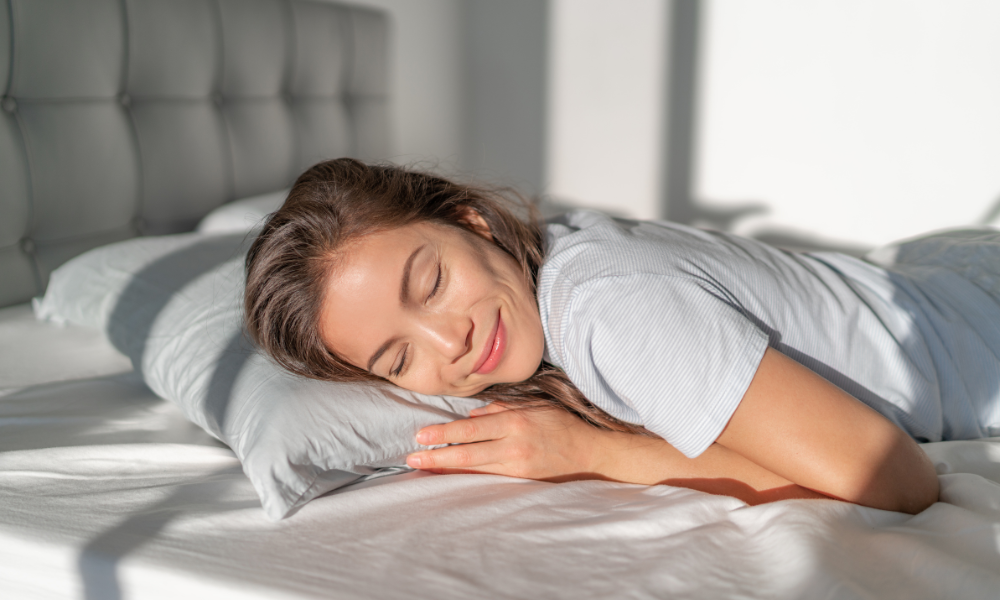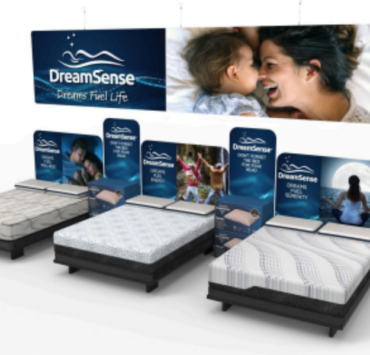Michael Magnuson and Jeff Cassidy of online mattress information source GoodBed need little introduction, as they play a unique role in the industry providing unbiased, unpaid-for reviews that use testing and experimentation to help each individual sleeper find what they’re looking for.
But with the announcement of its new partnership with well-known material company Dow, GoodBed is taking the next step in mattress testing that will help consumers, retailers and manufacturers alike with something difficult to measure: comfort.
One of the key challenges in understanding mattress performance is the lack of standardized testing to describe comfort in a quantifiable way. This results in consumers being unaware of how to properly shop for mattresses that best suit their needs, manufacturers being unfamiliar with how to make the best mattress or properly differentiate their products from competitors and raw material suppliers being uninformed of how to develop innovative and effective materials.
Magnuson tells Bedding News Now that the collaboration is a natural fit because Dow can essentially test anything with its ComfortScience Studio, and GoodBed has the knowledge of mattresses and bedding consumers to figure out what’s most important to test in this category.
“The industry is five years into an existential fight against ultra-cheap mattresses, and it’s losing,” he says. “The reason is that practically every mattress is labeled as supportive, pressure relieving, cooling, sustainable, durable, etc. — from the $199 one on Amazon all the way up to the $30,000 mattress. Review sites make things worse with shady best mattress lists and amplifying claims for whoever pays them most. The result is that fewer and fewer consumers believe anything.”
While some may see this and instantly love the concept, Magnusen says he doesn’t want the industry to be wary about this research.
“First off, this research is an extension of what we’ve already been doing,” he explains. “This has been in the works for over three years, and we’ve been looking at comfort in every review we’ve done since 2016. This is just going to allow us to be better at it. The industry is at a critical inflection point.
Magnuson has long talked about three existential threats facing the mattress industry. The one that’s topped the list for years is ultra-cheap mattresses. The second is Amazon as a distinct and separate threat but also as the biggest purveyor of ultra-cheap mattresses. Finally, review sites drive up the prices up for mattresses by extorting the value chain to the highest bidders.
“Through this work, we’re hoping to give consumers something they can believe in,” he says. “For retailers and brands, this should be an incredible selling tool that persuasively demonstrates why it’s worth investing more in a higher quality mattress.”
This is not just a marketing claim — it’s actual science and data. In theory, it should help reduce return rates for retailers and allow marketers or brands who are making mattresses to actually get credit for their products.
“In 2024, Amazon may be the largest mattress retailer in the country — in dollars, not units,” he explains. “And for every share of dollars, they probably have two to three times that in units — meaning half or more of consumers have already given up on the industry and are just buying the cheapest thing they can. This is why business is down, stores are empty, and retailers are going out of business. The only way out of this is to give consumers something they actually can and will believe in, which is real information. That is badly needed today.
A portion of the initial phase of the collaborative research from Dow and GoodBed is detailed in their first published paper, which was selected for presentation at this year’s Center for the Polyurethanes Industry annual Polyurethanes Technical Conference.
The paper highlights key factors influencing mattress microclimates, such as temperature, humidity and airflow, as well as showcases quantitative testing methods developed through the partnership. Additional test results in areas such as durability, spinal alignment and pressure relief are planned for future publication.





Here, here, Mike Magnusen! Let’s hope this begins a new cycle that actually helps the consumer with both real and factual information.